Warehouse material handlers play an integral role in the operations of any warehouse because they find products or materials on shelves, throw them away, pack them and place them in a delivery truck. They are also the workers who unload materials from trucks and store the items in their appropriate locations within a warehouse. It also takes into account the proper control of materials. You can mitigate theft, damage and deterioration with a material handling process that limits access to certain parts of the warehouse to certain employees.
Finally, proper material management allows warehouses to store products in an organized manner, making it easier to collect and pack inventory for outgoing shipments. Material movement processes help to streamline the entire process. When a part is incoming or crossed, it must have a bar code. Barcodes help ensure that the correct SKUs, material flow and quantities are received in the inventory and, most importantly, that they can be found when needed.
Increasing the inventory of automated tools, warehouse inventory management software and those in the engineering systems category provides additional efficiency and improves material handling. Material handling plays a vital role in almost every aspect of the supply chain process, from raw materials and manufacturing to distribution and consumption. In addition, all of these example objectives support the broader goal of improving material handling. RFID scanners don't need line-of-sight access like barcodes do, limiting the amount of materials being handled.
This is where material handling equipment comes into play, which ensures product safety and minimizes damage to the product. As a process, material handling incorporates a wide range of manual, semi-automated and automated equipment and systems that support logistics and make the supply chain work. A manual system cannot be programmed to manage more than one operation, so it lacks scalability and agility. Proper material handling also accelerates movement along the supply chain, allowing products to reach customers' hands more quickly.
Organizing your warehouse wisely means keeping it clean, sorting inventory into a sensible system, and storing materials when they're not in use. Products move faster than ever from the state of the raw material to the end user, and the demand for speed is only increasing. Automated material handling systems (AHMS) may be a more expensive initial investment, but they can pay for themselves in the long term. Optimizing material handling can help you improve your overall business operations and reduce the risk of asset loss or damage.
The handling of materials in a warehouse defines the protection, storage and control of the product and equipment throughout the process. Poor warehouse design causes bottlenecks, increases waste of movement (moving more than necessary within the warehouse) and increases the risk of injury due to manual material handling. The journey of your equipment and products is more than a few meters between a truck and a warehouse.
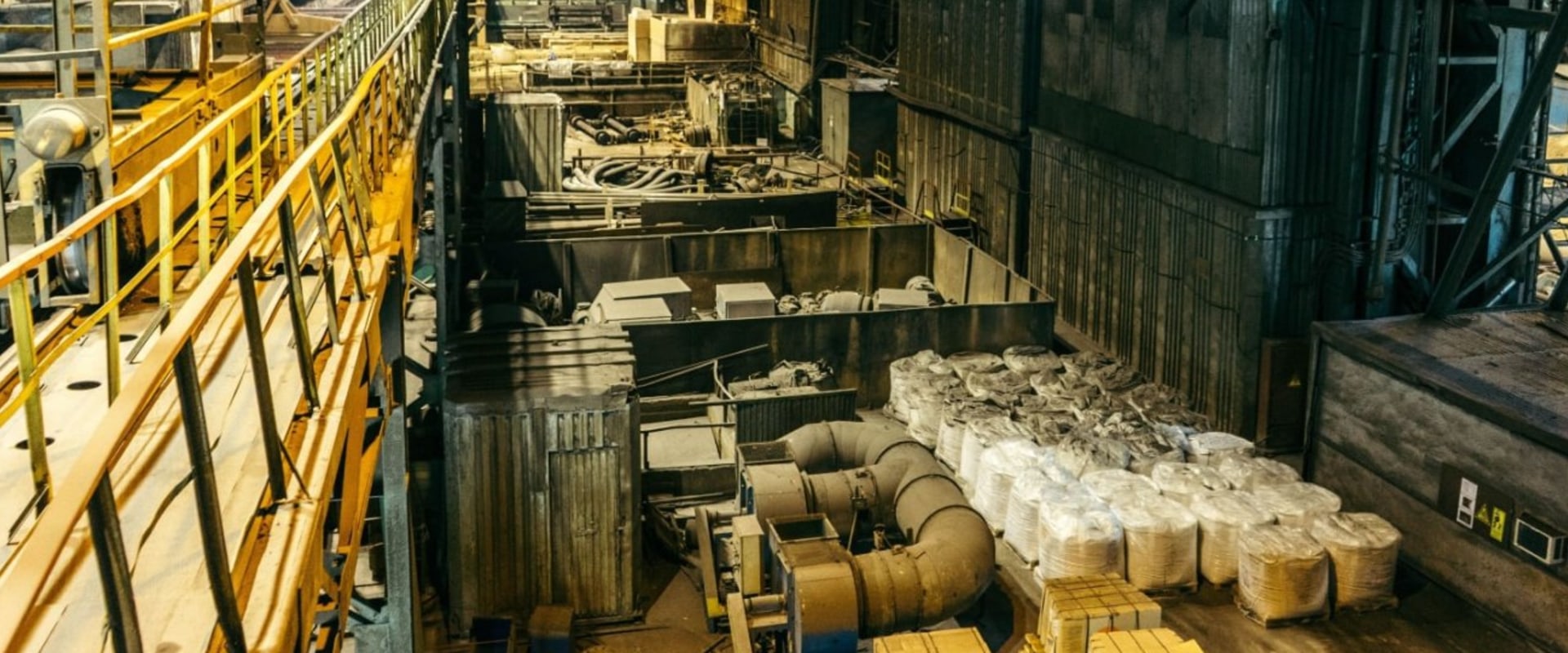
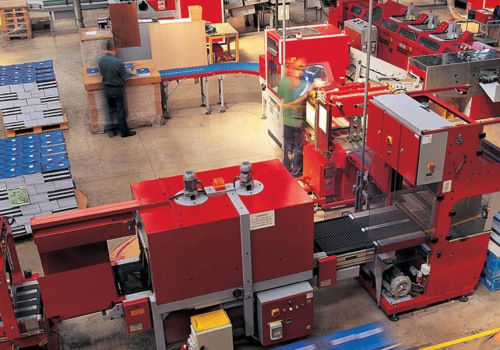
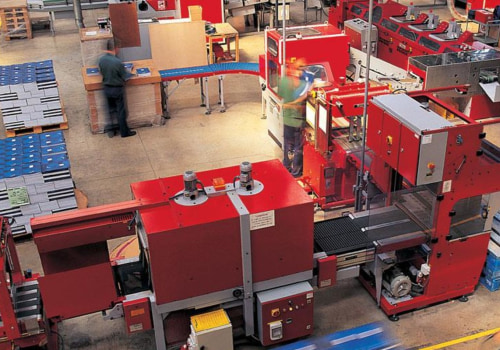
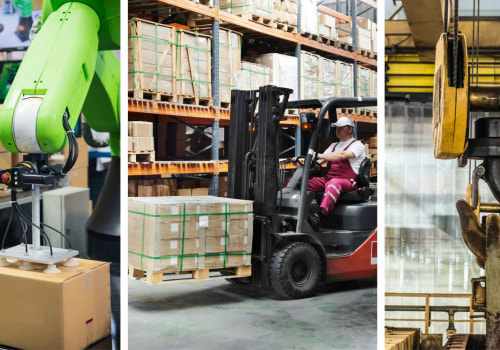
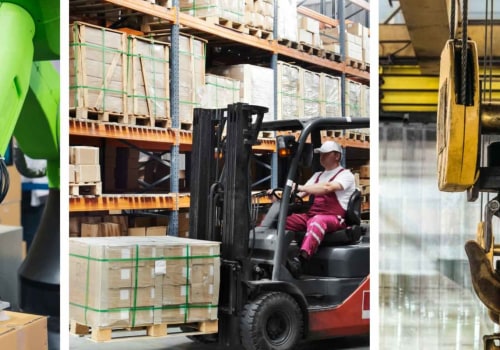
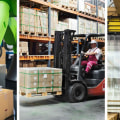

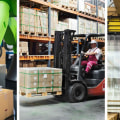
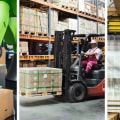
Leave a Comment